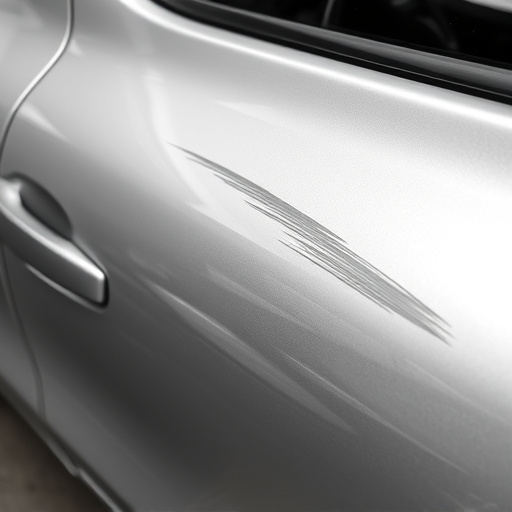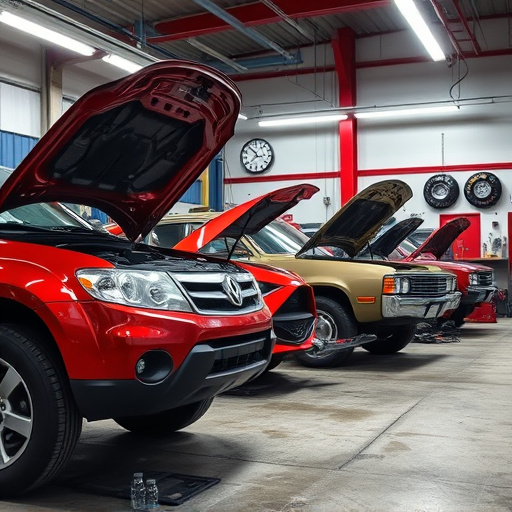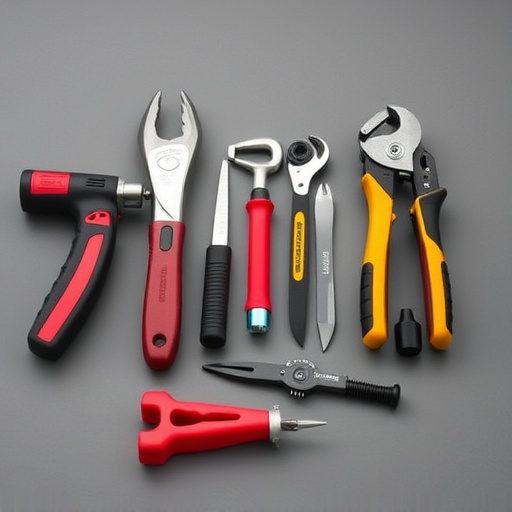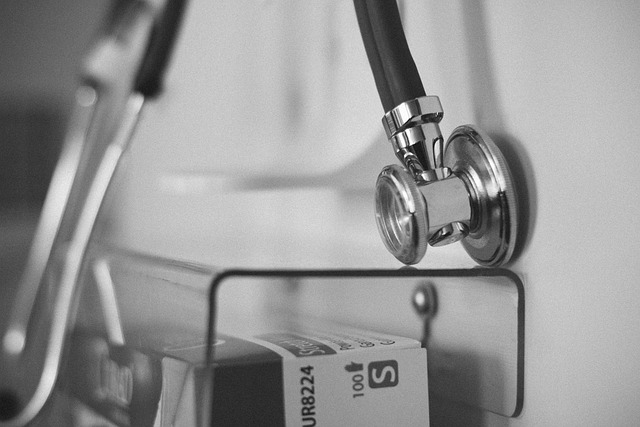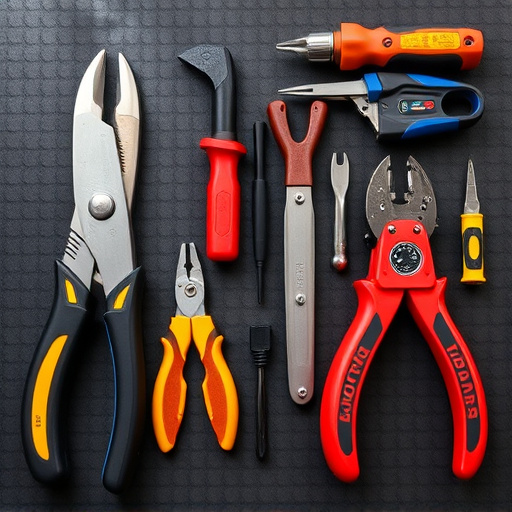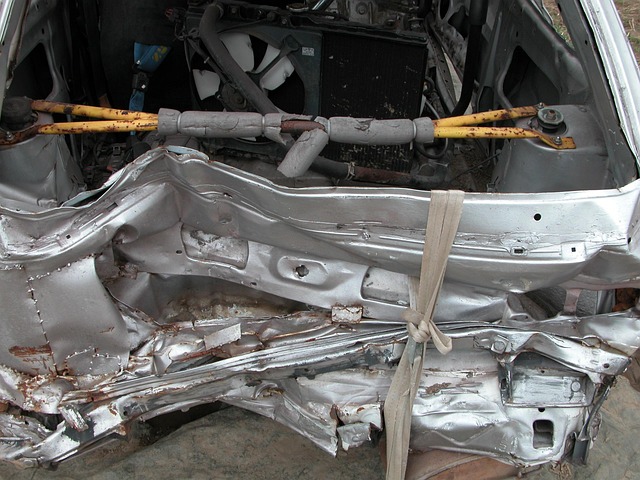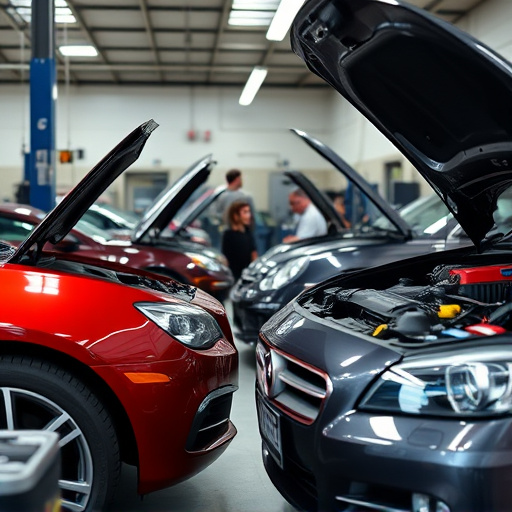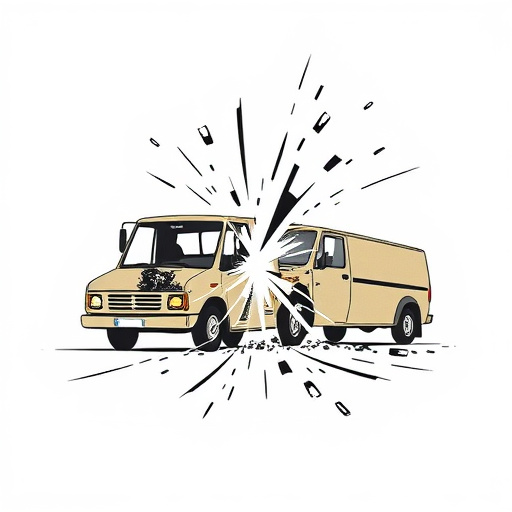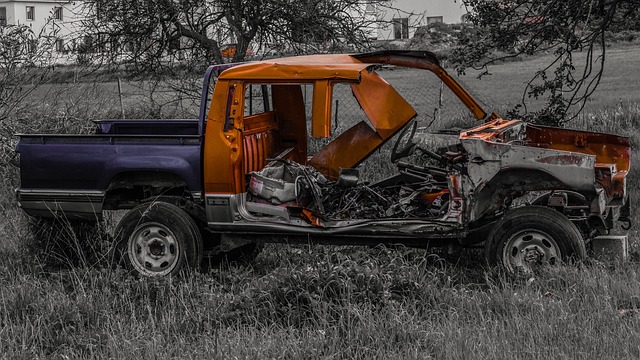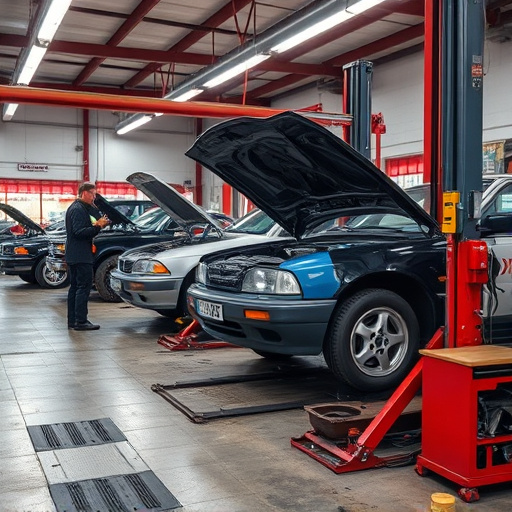The Mercedes 48V system, crucial for electric and hybrid vehicle efficiency, faces common issues like voltage problems and faulty connections. Timely diagnosis and repair by skilled technicians are essential to avoid costly repairs. Repairing the 48V DC converter requires a structured process including battery unplugging, component removal, inspection, cleaning, replacement, reassembly, and testing for seamless functionality. Enlist expert help from a reputable car repair shop for optimal Mercedes 48V system repair and longevity.
Unsure where to begin with repairing your Mercedes’ 48V DC converter? This comprehensive guide is your solution. We’ll walk you through the intricacies of the Mercedes 48V system, common issues that often arise, and provide a detailed, step-by-step repair guide tailored specifically for Mercedes models. Understanding the fundamentals and learning to address these challenges can significantly enhance your car’s performance. Let’s dive in and explore the art of repairing your Mercedes’ 48V converter.
- Understanding Mercedes 48V System Basics
- Common Issues in 48V DC Converters
- Step-by-Step Repair Guide for Mercedes Models
Understanding Mercedes 48V System Basics

The Mercedes 48V system is a key component in modern electric and hybrid vehicle models, providing power to various systems for improved efficiency. This advanced electrical architecture is designed to reduce energy loss, enabling smoother performance and enhanced fuel economy. At its heart, the 48V DC converter plays a crucial role by managing the distribution of electricity across different modules.
Understanding how this system operates is essential for any automotive repair technician dealing with Mercedes cars. The 48V DC converter steps up or down voltage levels from the battery pack to meet the specific requirements of various components, such as electric motors, lighting systems, and even tire services and car dent removal tools used in specialized repairs. Like all intricate systems, proper maintenance and timely repairs are vital to ensure optimal performance and reliability, thus avoiding issues that might require extensive automotive repair services.
Common Issues in 48V DC Converters
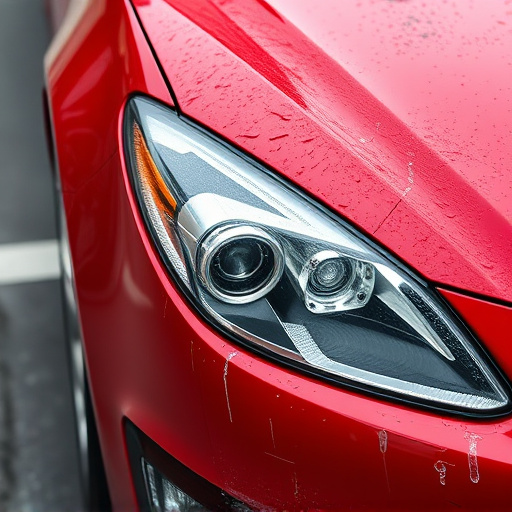
The Mercedes 48V system is a complex electrical network designed for enhanced efficiency and performance. However, like any intricate mechanism, it’s not immune to issues. Common problems in 48V DC converters include voltage fluctuations leading to erratic system operation, faulty connections causing short circuits, and worn-out components resulting in frequent malfunctions. These converter issues can manifest in various ways, from intermittent power cuts to complete system shutdowns, adversely affecting the vehicle’s overall functionality.
While minor hiccups might be attributed to everyday wear and tear, more severe problems could be the result of accidents like fender benders or even poor maintenance. Unlike a dented car body requiring car paint services or car dent removal, these electrical hiccups can lead to costly repairs if left unattended. Prompt diagnosis and repair are crucial to ensure the longevity and optimal performance of your Mercedes 48V system.
Step-by-Step Repair Guide for Mercedes Models
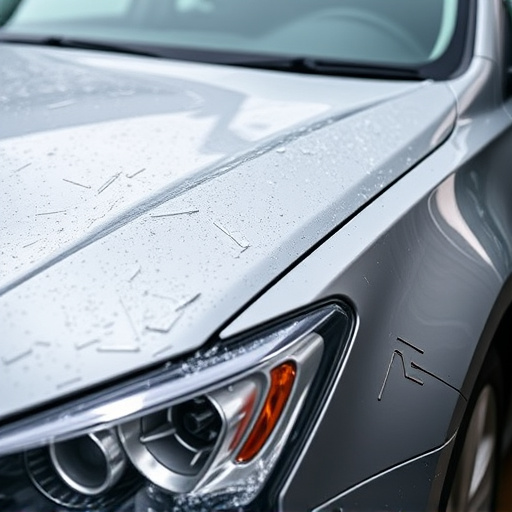
Repairing a Mercedes’ 48V DC converter requires meticulous attention to detail and a systematic approach. Start by identifying the faulty component, which could be due to issues with the rectifier, capacitor, or other associated parts. Once diagnosed, gather the necessary tools and replacement parts specific to your Mercedes model. This may include specialized screwdrivers, multimeters, and high-quality 48V converter components.
Begin the repair by disconnecting the battery to ensure safety during disassembly. Demystify the complex layout of the converter, carefully removing screws and components while referencing service manuals. Inspect the interior for signs of damage or corrosion, cleaning and replacing any faulty elements. Reassemble the converter, ensuring proper connections, and test its functionality using diagnostic tools. If successful, you’ve achieved a seamless Mercedes 48V system repair. For those without automotive expertise, seeking services from a reputable car repair shop or vehicle body repair specialist is advisable to ensure precision and longevity of the repair.
Repairing a Mercedes 48V DC converter is a specialized task, but with the right knowledge and this comprehensive guide, it’s one that can be tackled successfully. By understanding the basics of the Mercedes 48V system and common issues, you’re well-equipped to navigate the repair process step-by-step. Armed with this information, you can effectively maintain or restore your Mercedes’ vital electrical component, ensuring its continued smooth operation on the road. For those interested in diving deeper into Mercedes 48V system repairs, this guide serves as a valuable starting point.

